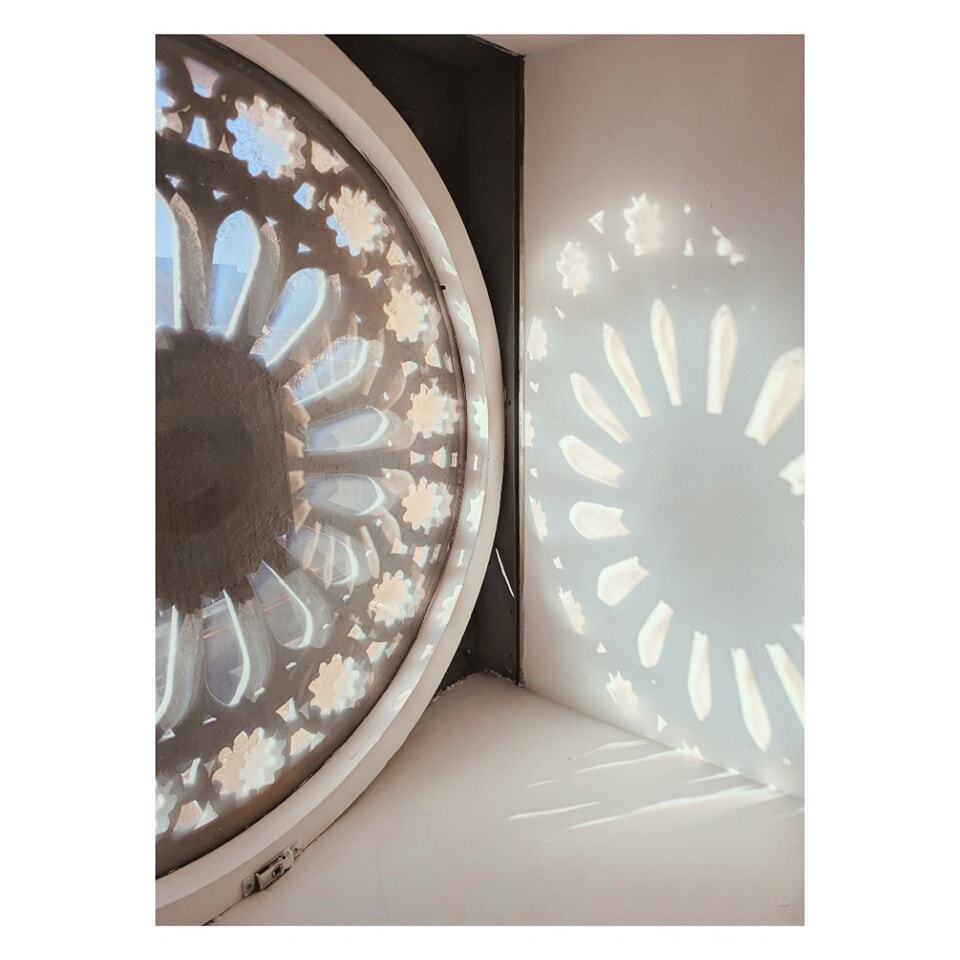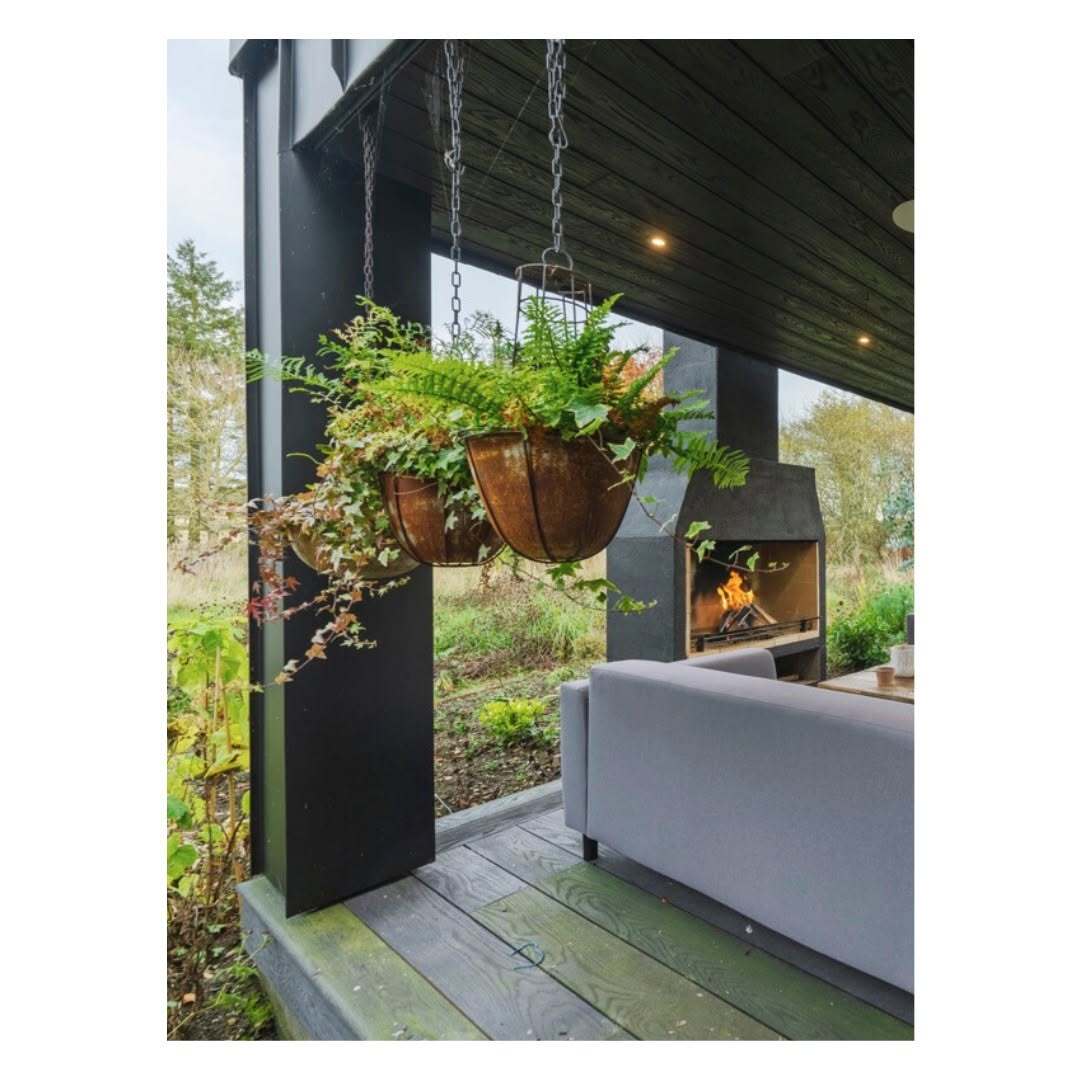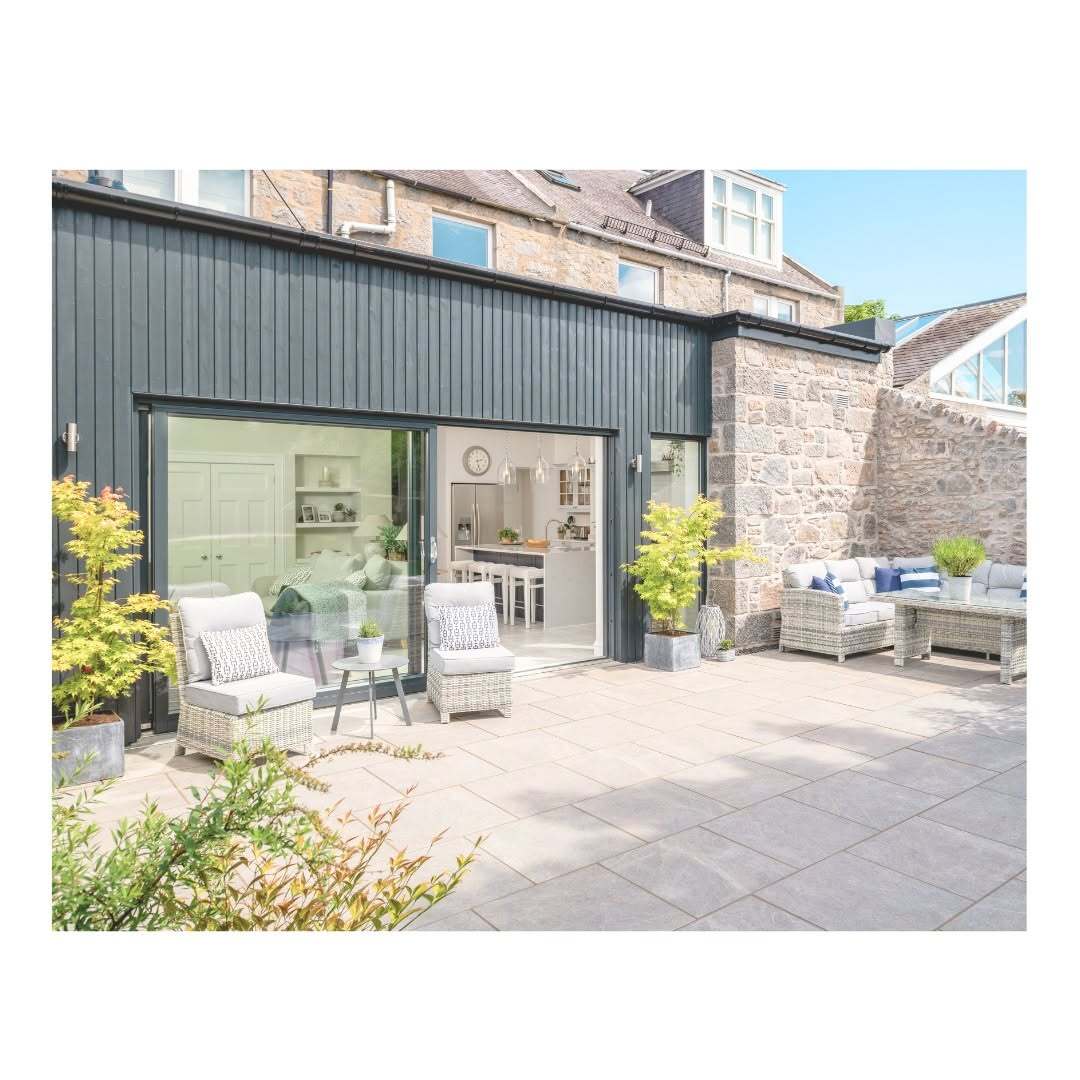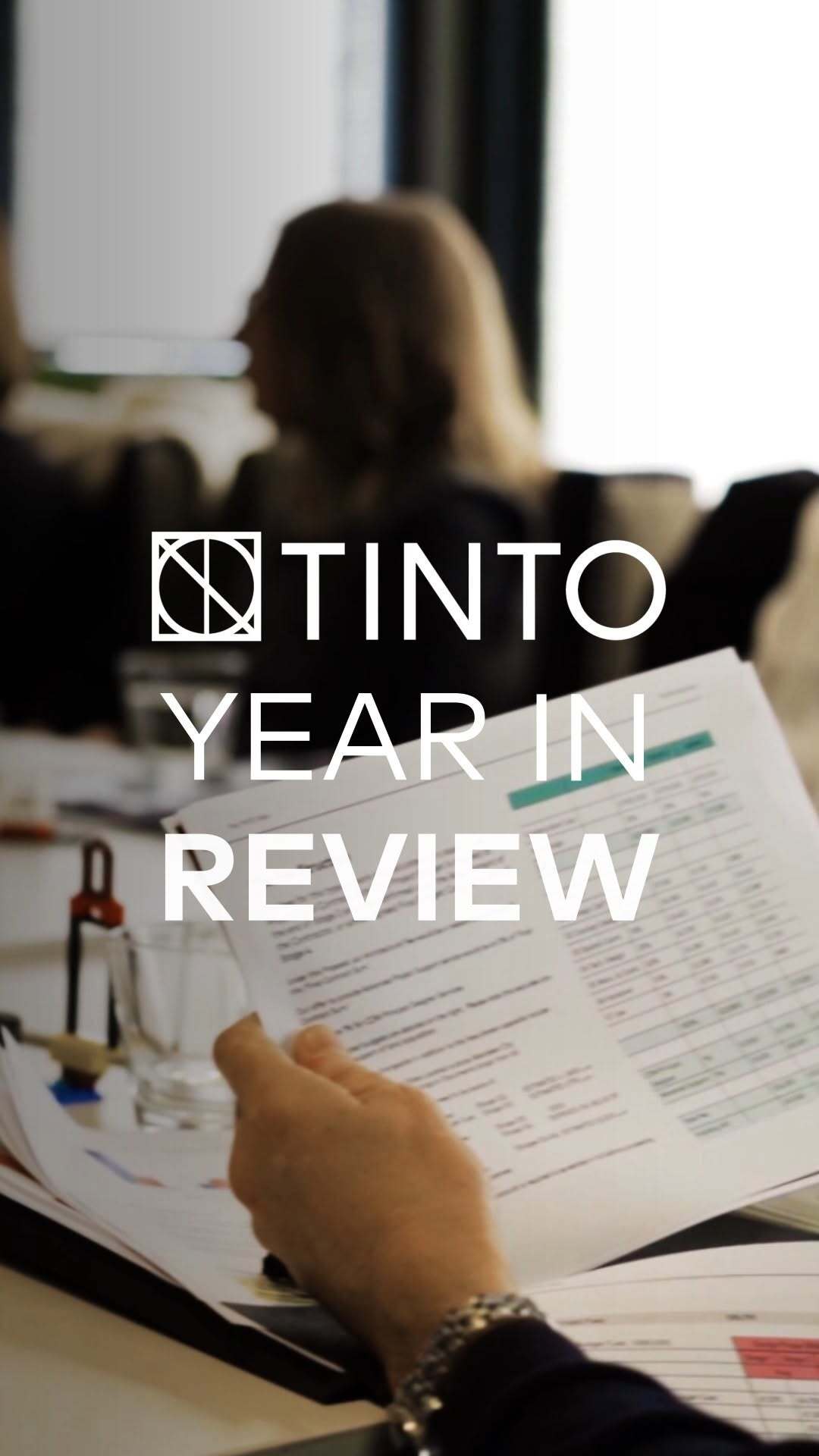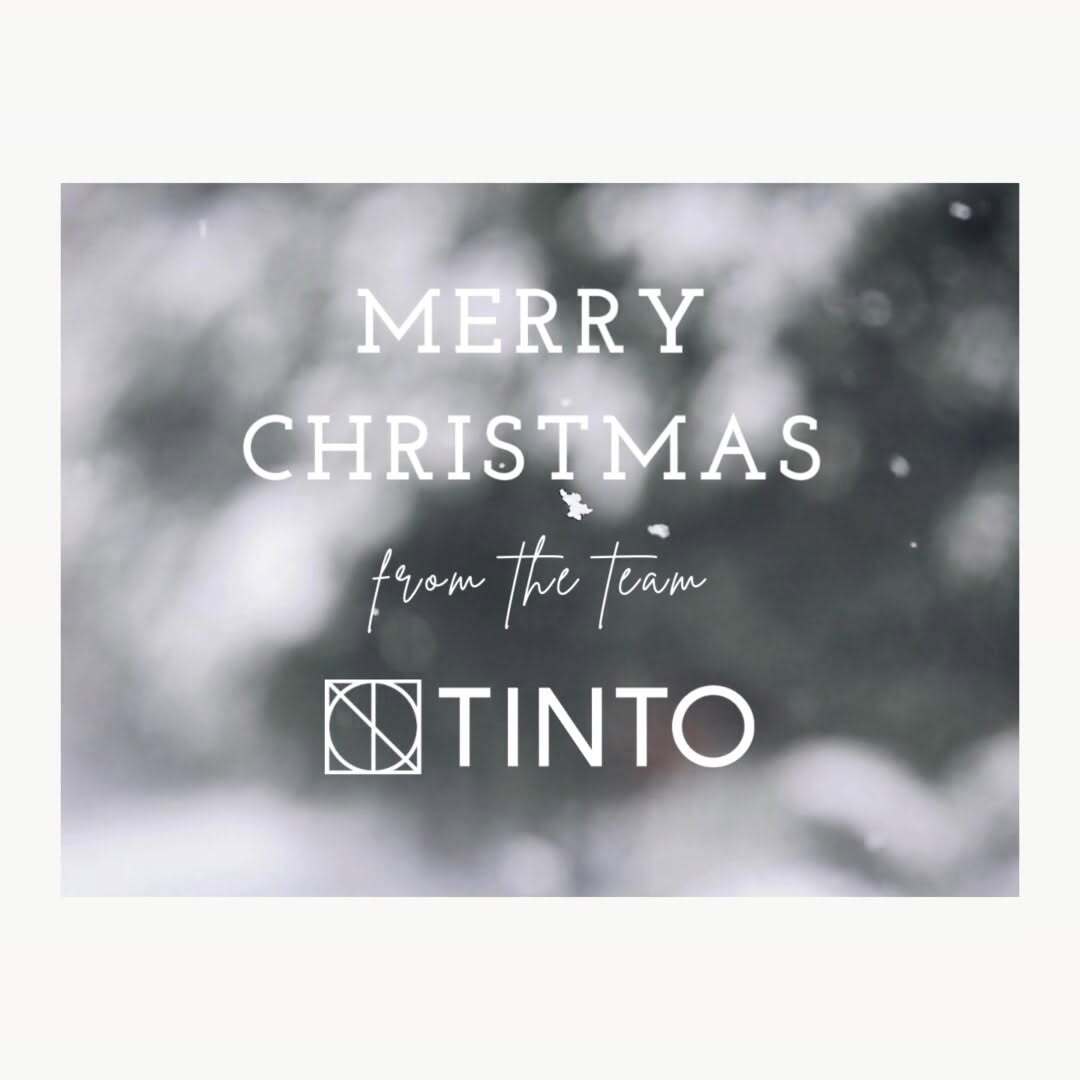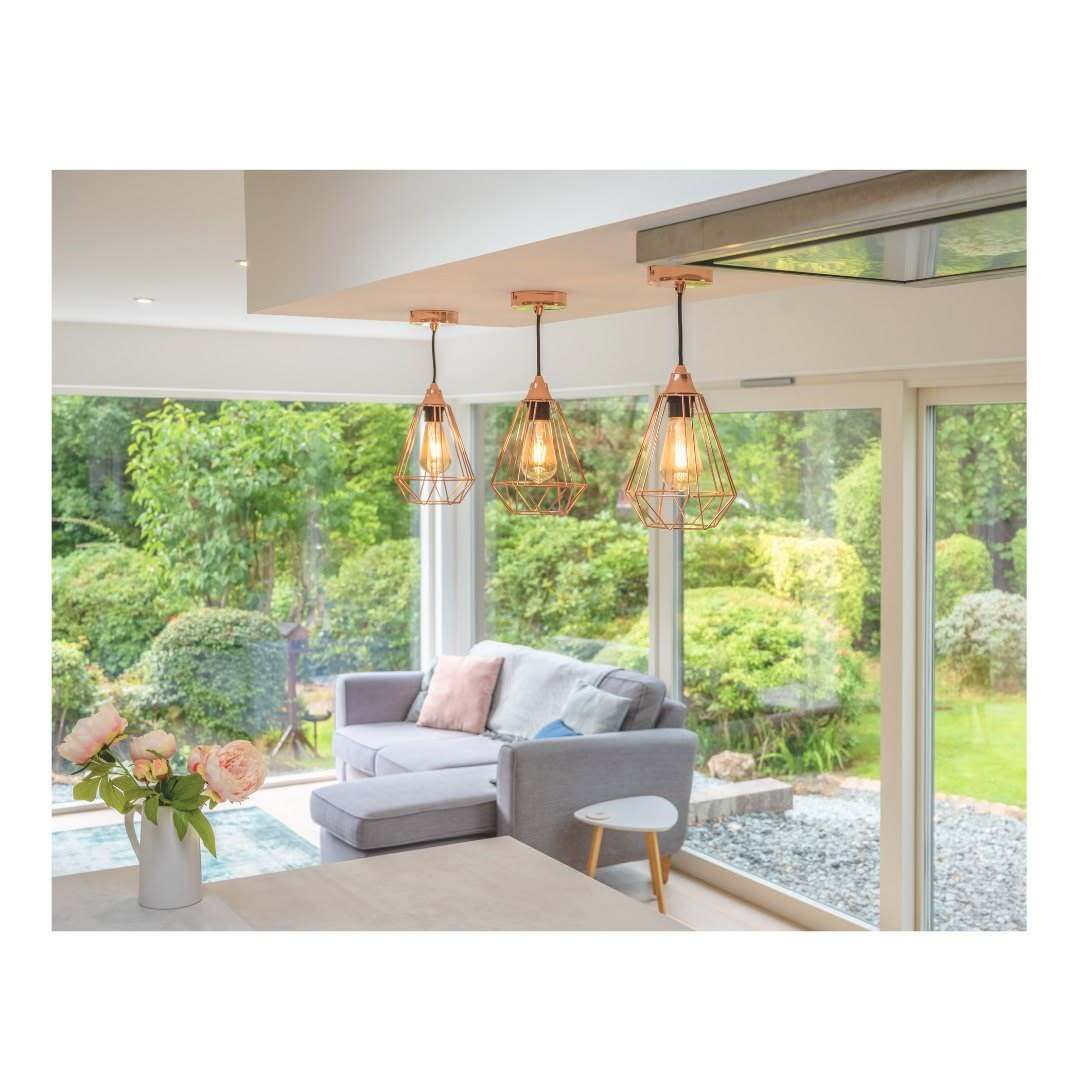BIM and Digitial Construction
Some of our larger projects which are underway this year have given us the opportunity to expand our BIM offering, gain more experience and put things into practice, but it isn’t only large commercial projects that can benefit from BIM and it's our intent this year to show that digital information and construction can benefit projects of every scale.
Collaboration
Collaboration, it's at the heart of BIM thinking, and without it all, the tech in the world will struggle to produce any better buildings. A collaborative outlook is key to our work at Tinto, and in terms of our implementation of BIM we are always looking for ways we can work with others to ultimately improve what we can offer our Clients. Alongside our collaborative working in Revit with structural and M&E consultants, we are working with other consultants to leverage laser scanning and drone techniques on our projects.
Standardisation
One of the fundamental principles of BIM has been the drive for ever greater standardisation of the way we as an industry work, what we produce and how we share it. There are still many more efficiency gains from standardisation which we can exploit as a profession, despite standards for BIM and digital information being well established under PAS 1192-2. At Tinto, our journey is well underway to integrate BIM thinking and technologies into our everyday work, and we will be focussing much of this year on further aligning our design processes, BIM standards and quality management systems.
With the introduction of ISO 19650 this year, a global standard for BIM building on PAS 1192-2, it’s hopefully a sign we can look forward to a future with less barriers to communication and an open attitude to collaboration across professions and across borders.
Reality Capture
Reality capture give us the ability to take a snapshot of our environment with incredible speed and accuracy by means of LiDAR and Photogrammetry, from which a point cloud model can be used alongside our BIM processes and models. Use of these technologies is becoming more common and cost effective, and we are regularly employing them on our projects at Tinto.
Game-ification
BIM allows us to create ever more detailed and complex prototypes of our projects and allows us to capture a vast amount of data in a single digital model. Interpreting all of this information is key to making the most of the digital process, but sometimes schedules, technical drawings and static visualisations, aren’t the most user friendly, particularly for clients with little experience. The use of gaming engines alongside digital models is however opening up the use of BIM models beyond the creators and construction professionals, and at Tinto we are excited in the potential this gives us and our Clients to experience designs before they make key decisions. Platforms such as Revit Live and Enscape enable free roaming of a model with an interface now more complicated than a typical first person computer game, and can run without the need for complicated or costly software packages to be installed. It really is a game changer in terms of the design process.
